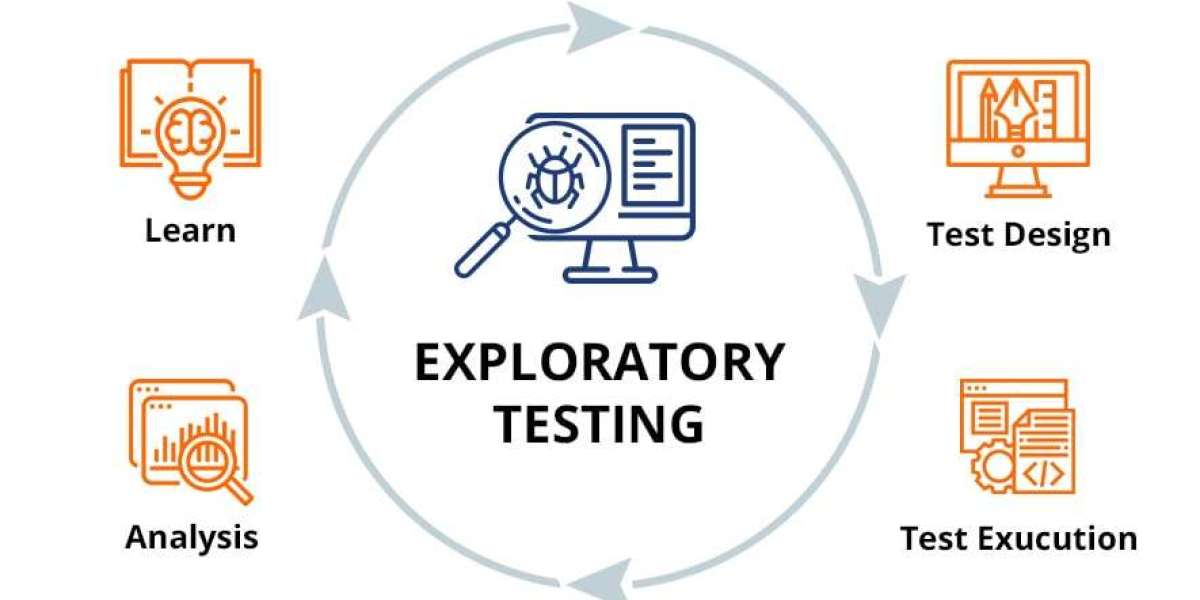In software development, testers often go with methods like Black Box Testing, where they test the software by what it does, not how it works inside. You test things out by using the app like a user and watching what it does. Most of the time, it works fine, but sometimes it just doesn’t catch everything. Some bugs hide deep and don’t show up unless you play around. That’s where exploratory testing helps. You don’t have to follow a boring list. You just try things, see what works, and what breaks. That’s why it matters so much in Software Testing Strategies in Software Engineering.
What is Exploratory Testing?
Exploratory testing means using the app like a real person. You click around, try weird stuff, and watch what happens. No script, just you and the software. Testers rely on their knowledge and instincts to find bugs that planned tests might miss. There is no fixed plan, just hands-on testing and sharp observation. This kind of testing lets you explore freely and spot bugs that scripts often don’t catch.
For example, you might know a form is meant to submit properly, but with exploratory testing, you try things like weird inputs, slow internet, or unexpected actions to see how it really holds up. This helps testers find issues that basic test cases might miss. Even though Black Box Testing in Software Engineering is useful, exploratory testing brings more flexibility and helps catch problems that slip through the cracks.
Key Benefits of Exploratory Testing
- Finding Hidden Issues
Exploratory testing helps uncover bugs that don’t show up in regular test cases. These can be things like performance glitches, layout problems, or security issues that appear when the system is pushed in different ways.
- Flexibility
Testers are not stuck following a script. If something unexpected happens, they can quickly shift and explore more based on what they see during the session. - Faster Results
Writing and running scripts takes time. Exploratory testing skips all that. You can jump right in, test fast, and get results quicker — perfect when you need to catch a bug on the spot.
Exploratory Testing vs. Scripted Testing
Here’s a quick comparison of exploratory testing and scripted testing:
Feature | Exploratory Testing | Scripted Testing |
Test Coverage | Flexible and adaptive to new issues | Limited to predefined test cases |
Time | Can be faster, no script writing needed | Time-consuming to write scripts |
Issue Discovery | Better for discovering unexpected bugs | May miss edge cases or unusual scenarios |
Approach | Tester-driven, creative | Follows a step-by-step procedure |
Example
The table shows issues found during exploratory testing. Login and session bugs like these are where Data Flow Testing in Software Testing helps by tracking how data moves through the code.
Issue | Severity | Notes |
Slow response when logging in | Medium | Happens on weak network connections |
Invalid password handling | High | System allows invalid characters |
Login form not responsive | Low | Form doesn’t resize on mobile devices |
Session timeout not triggered | High | User stays logged in indefinitely |
Code Example
import random
import time
# Sample list of valid and invalid usernames and passwords
valid_usernames = ["user1", "admin", "guest"]
invalid_usernames = ["", "admin123", "unknownuser"]
valid_passwords = ["password123", "admin@123", "guest@123"]
invalid_passwords = ["", "12345", "wrongpassword"]
# Function to simulate slow network
def simulate_network_delay():
time.sleep(random.uniform(0.5, 2)) # Random delay between 0.5 and 2 seconds
# Function to simulate login test
def test_login(username, password):
simulate_network_delay()
# Simulate login action and response
print(f"Trying to login with username: {username} and password: {password}")
if username in valid_usernames and password in valid_passwords:
print("Login successful!")
else:
print("Login failed!")
# Exploratory test loop
for i in range(5): # 5 exploratory tests
username = random.choice(valid_usernames + invalid_usernames)
password = random.choice(valid_passwords + invalid_passwords)
test_login(username, password)
Visual Representation
These charts make it clear that it helps find the tricky stuff that scripts usually miss.
Conclusion
Exploratory testing plays a big role in software testing. While Black Box Testing and other scripted methods do help, they can miss problems that only show up when you use the app freely. Strong Software Testing Strategies need to include exploratory testing to make sure the software works well in real situations.



